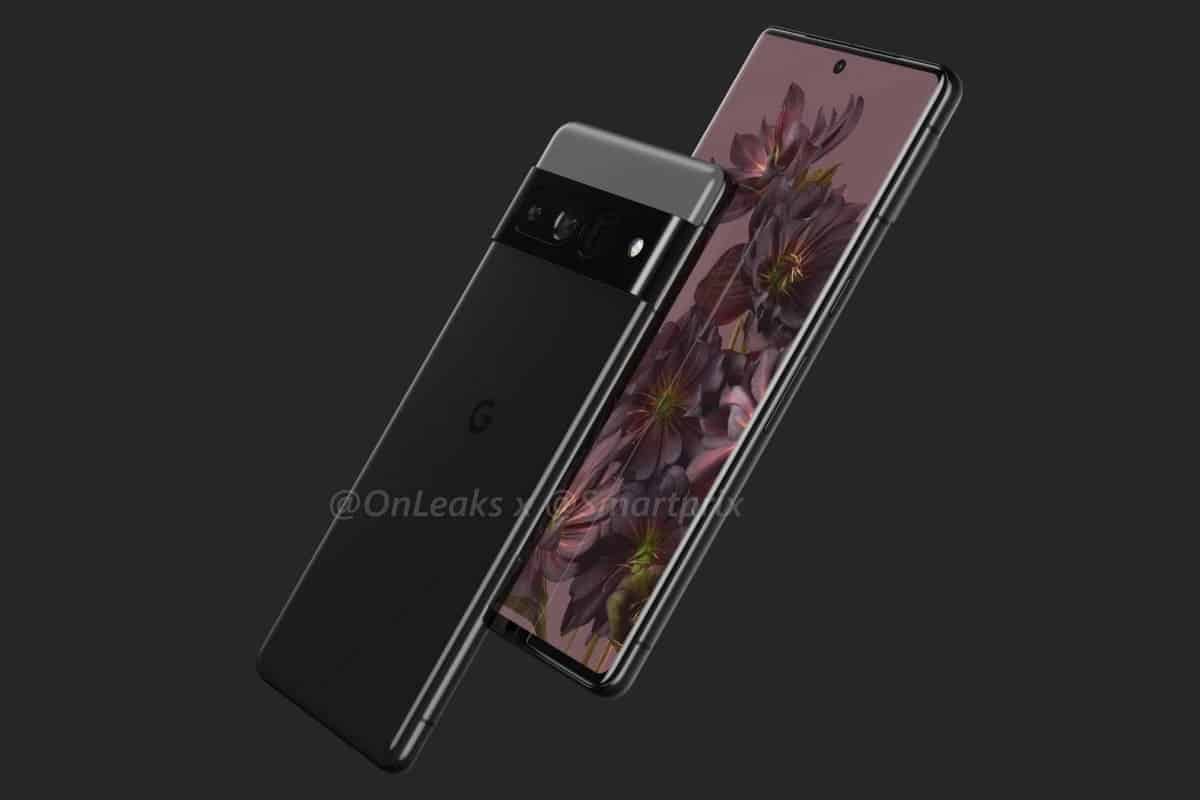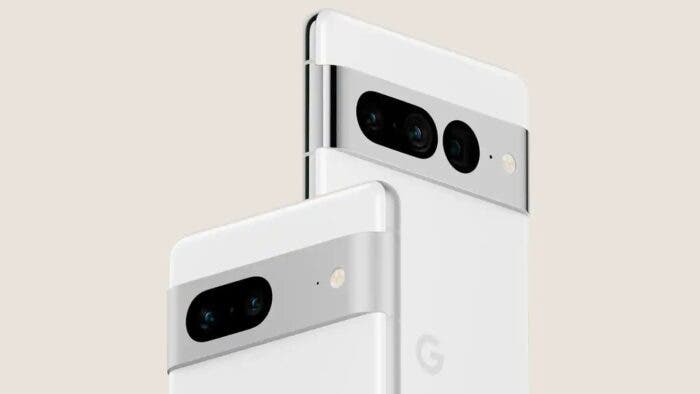If you think the Google Pixel line smartphones compete with other models on the market in a traditional way, you are confused. We mean the biggest highlight of any Pixel handset is the stock Android. These devices debut the new Android version. Plus, they come with some goodies inherited from Android, such as GCam and the likes. Anyway, it is still interesting to learn about what updated features the Pixel 7 series will sport. Updated? Hah. Today, 9to5google reported that the Google Pixel 7 and 7 Pro will feature almost the same displays as the Pixel 6 / Pro.
Last year, when Google released the Pixel 6 series, it made a big move forward. We mean the company made its phones run at 120Hz instead of 90Hz. Plus, this was the first generation of Pixel phones to use curved displays. We can even say that the Pixel 6 displays were a head higher than their other specs. The screens were supplied by Samsung. And of course, the South Korean manufacturer had kept the best options for its own Samsung Galaxy S21, and later for the Samsung Galaxy S22 series.
At this year’s Google I/O, it talked about the full lineup of Android devices to be launched this year. The company also showcased the actual look of the forthcoming Pixel 7 and 7 Pro. But that was the only official information about them. Anyway, from the posters, we learned that the company will retain the iconic design of the Pixel 6 series.
Google Pixel 7 Series Displays
Nevertheless, we have got tons of rumors and leaks, and we have to say the secret of the Pixel 7 series has been almost completely discovered. For instance, it turns out that Google has created two new display drivers. One of them is called “C10” and the other is “P10.” They should correspond to the “Cheetah” and “Panther” codenames. In their turn, these are the codenames for the Pixel 7 and 7 Pro.

As for the display parameters themselves, the vanilla Pixel 7 will come with a 1080 x 2400 screen. It will support up to a 90Hz refresh rate. The Pro variant will sport a 1440 x 3120 display, supporting a refresh rate of 120Hz. They are identical to the Pixel 6 series. These are not assumptions. The code in the Android Open Source Project proves that the forthcoming Pixel smartphones will use the same Samsung panels — S6E3FC3 and S6E3HC3.
There are very minor differences in comparison to the last year’s Pixel 6. For instance, the Pixel 7 is a bit smaller, being 1mm narrower and 2mm shorter. But the Pixel 7 Pro will come with no changes. As for the latter, it ought to get a native 1080p mode for its display. For many scenarios, it wouldn’t provide the best viewing experience, but it will help the phone save more battery power. By the way, Google is not the first smartphone OEM to adopt such a solution. Samsung and others have been offering it for a while.

What Else
In terms of other features, we guess the Pixel 7 Pro will be powered by more attractive hardware than its predecessor.
Lastly, the Pixel 7 line handsets are assumed to make tough competition for many big names on the market. There is at least one factor making us think in this way. That’s the price. The original Pixel 7 is expected to cost around $600 or even lower. And though it doesn’t support a 120Hz refresh rate, the latter is not the biggest advantage of any smartphone. For instance, the OnePlus Nord CE 2 Lite has an LCD 120Hz display. But we guess Pixel 7’s AMOLED with a 90Hz will provide way better performance.



